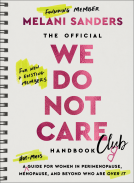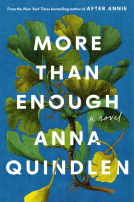
Paper
Paging Through History
by Mark Kurlansky
This title was previously available on NetGalley and is now archived.
Send NetGalley books directly to your Kindle or Kindle app
1
To read on a Kindle or Kindle app, please add kindle@netgalley.com as an approved email address to receive files in your Amazon account. Click here for step-by-step instructions.
2
Also find your Kindle email address within your Amazon account, and enter it here.
Pub Date May 10 2016 | Archive Date Apr 30 2016
Description
Advance Praise
"Kurlansky’s work makes brilliant use of paper as a key to civilization." - Booklist, Starred Review
Marketing Plan
ALA Midwinter appearance.
Available Editions
| EDITION | Other Format |
| ISBN | 9780393239614 |
| PRICE | $27.95 (USD) |
Links
Average rating from 43 members
Featured Reviews
 Holly W, Educator
Holly W, Educator
Who knew that an everyday item such as paper could have such a rich and engaging history? I can't believe I enjoyed this book as much as I did. I think Kurlansky's topic is unique and would be an excellent and unique read for a class on the philosophy of history and historiography, as undergraduate students have a tendency to view history as focused on events rather than inventions. This was well worth the read!
Readers who liked this book also liked:
Melani Sanders
Health, Mind & Body, Nonfiction (Adult), Self-Help


















